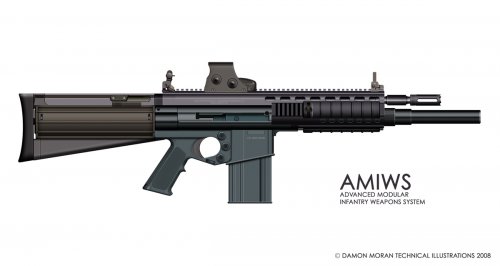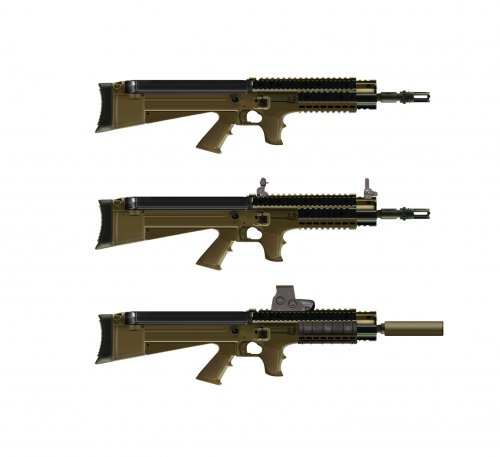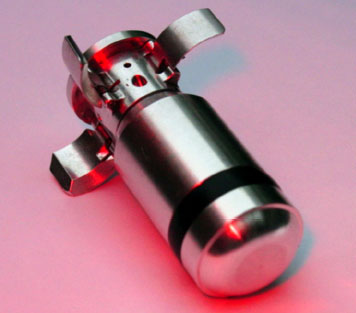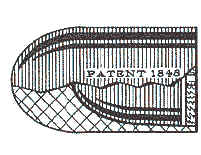I do guns too.
This is a concept for a combined assault rifle/ grenade launcher for the Heavy Gunner position at the squad level. It's a 9x19mm cartridge in helical feed 75 round magazine that is located in the stock. It's a bullpup configuration with an integrated fire control system that commands the 20mm grenade launcher that is under slung. That component is fed by a staggered 8 round box magazine. The rifle is select fire and the grenade launcher is semi auto with provision for bursting fire. The rifle fires the SLEAP (Saboted Light Explosive Armor Piercing) 9x19mm composite cased cartridge. The actual projectile is a 6mm boat tail round. The grenade launcher fires a 20x54mm composite cased cartridge with a variations including: HEAP, Non Lethal, Dynamic Entry, CS, and Flechete rounds.
This is a concept for a combined assault rifle/ grenade launcher for the Heavy Gunner position at the squad level. It's a 9x19mm cartridge in helical feed 75 round magazine that is located in the stock. It's a bullpup configuration with an integrated fire control system that commands the 20mm grenade launcher that is under slung. That component is fed by a staggered 8 round box magazine. The rifle is select fire and the grenade launcher is semi auto with provision for bursting fire. The rifle fires the SLEAP (Saboted Light Explosive Armor Piercing) 9x19mm composite cased cartridge. The actual projectile is a 6mm boat tail round. The grenade launcher fires a 20x54mm composite cased cartridge with a variations including: HEAP, Non Lethal, Dynamic Entry, CS, and Flechete rounds.






